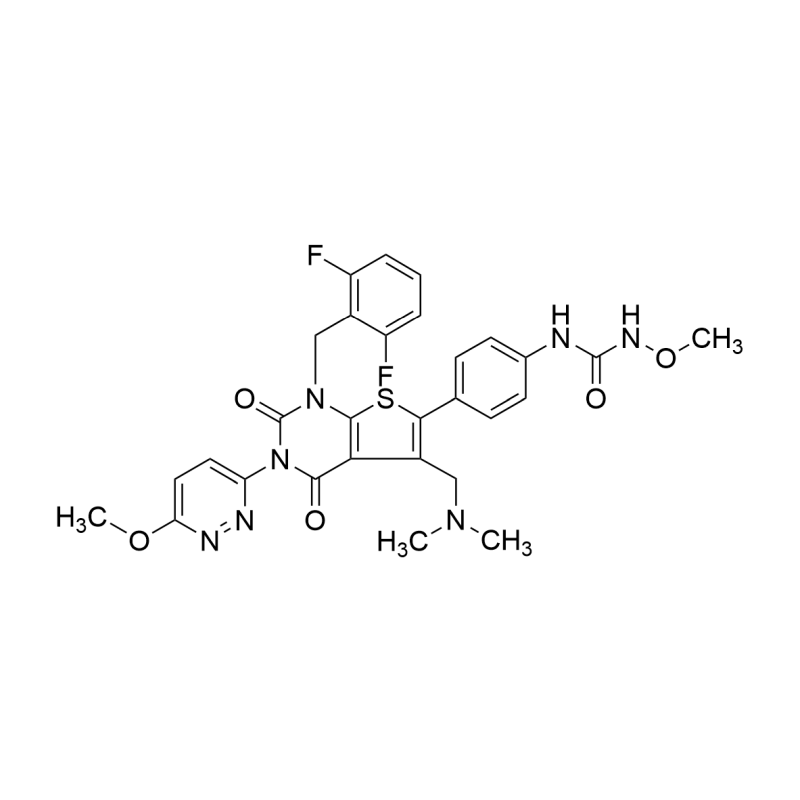产品
编 号:F443522
分子式:C29H27F2N7O5S
分子量:623.63
分子式:C29H27F2N7O5S
分子量:623.63
产品类型
规格
价格
是否有货
10mM*1mL in DMSO
询价
询价
5mg
询价
询价
10mg
询价
询价
50mg
询价
询价
100mg
询价
询价
结构图

CAS No: 737789-87-6
产品详情
产品资料

